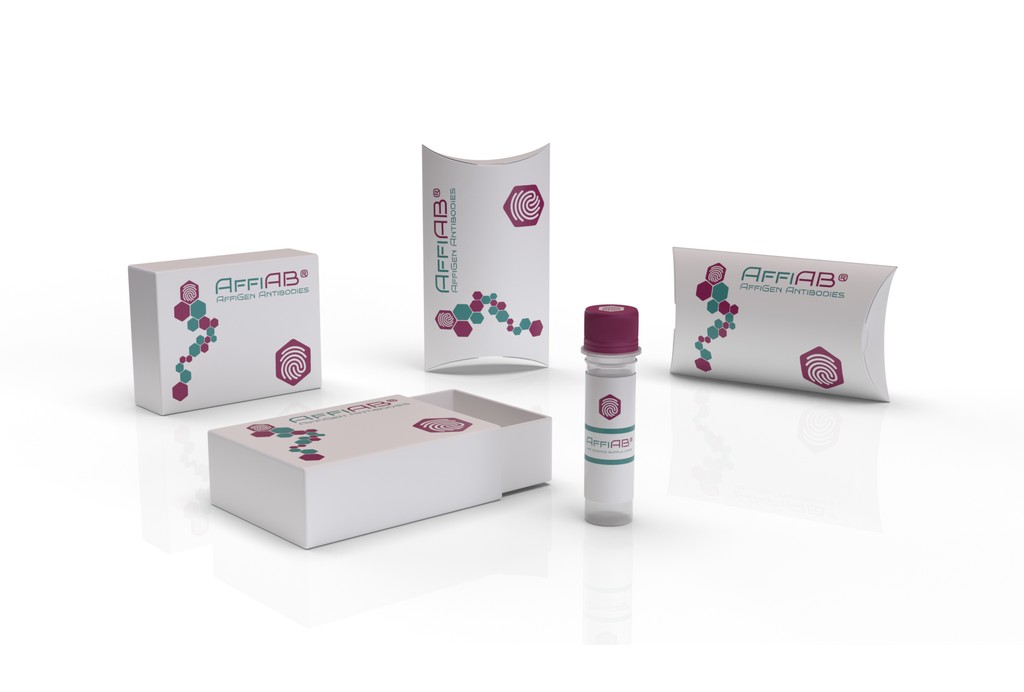AffiAB® Anti-EEA1 Antibody
EEA1 localizes exclusively to early endosomes and has an important role in endosomal trafficking. EEA1 binds directly to the phospholipid phosphatidylinositol 3-phosphate through its C-terminal FYVE domain and forms a homodimer through a coiled coil . EEA1 acts as a tethering molecule that couples vesicle docking with SNAREs such as N-ethylmaleimide sensitive fusion protein, bringing the endosomes physically closer and ultimately resulting in the fusion and delivery of endosomal cargo. Due to the proteins importance in vesicular trafficking, a number of intracellular bacteria prevent EEA1 recruitment to the vacuole. Mycobacterium tuberculosis is known to inhibit the recruitment of EEA1 to the phagosomal membrane through CamKII.
Antibody type
Rabbit polyclonal Antibody
Uniprot ID
SwissProt: Q15075 Human; SwissProt: Q8BL66 Mouse
Recombinant
NO
Conjugation
Non-conjugated
Host
Rabbit
Isotype
IgG
Clone
N/A
KO/KD
N/A
Species reactivity
Human, Mouse, Rat
Tested applications
WB, IF-Cell, IHC-P, FC
Predicted species reactivity
N/A
Immunogen
Synthetic peptide within N-terminal human EEA1.
Storage
Store at +4°C after thawing. Aliquot store at -20°C. Avoid repeated freeze / thaw cycles.
Form
Liquid
Storage buffer
1*PBS (pH7.4) , 0.2% BSA, 40% Glycerol. Preservative: 0.05% Sodium Azide.
Concentration
1 mg/mL.
Purity
Immunogen affinity purified.
Signal pathway
N/A
Recommended dilutions
WB:1:1, 000; IF-Cell:1:100-1:200; IHC-P:1:50-1:200; FC:1:50-1:100
Molecular Weight
162 kDa
Subcellular location
Cytoplasm, early endosome membrane.
Positive control
NIH/3T3, Hela, Jurkat, 293T, A431, rat brain tissue, rat prostate tissue, mouse colon tissue.
